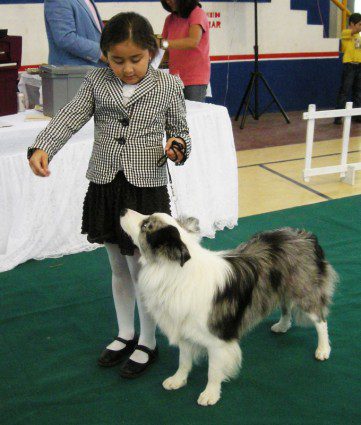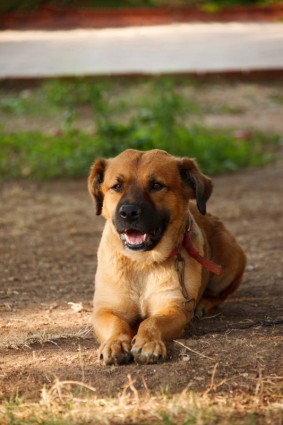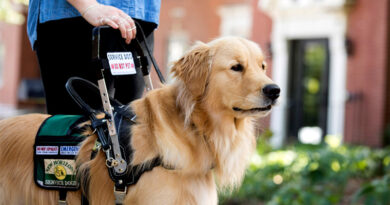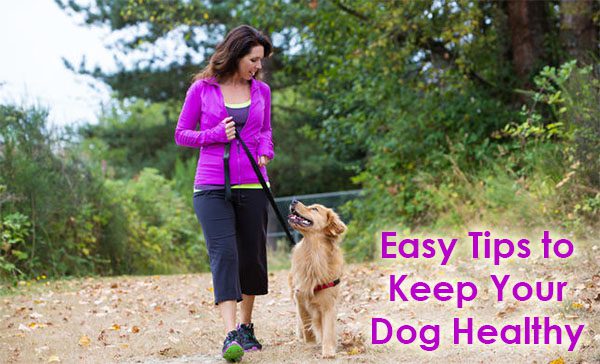Dog Etiquette
Combining children and dogs in one household can present a lot of challenges. Teaching kids from the outset to understand and respect dogs can reduce the risk of canine aggression and will help the kids build happy, positive relationships with their pets. It can also help kids who don’t have dogs at home learn how to stay safe around dogs they meet elsewhere.

Dog attacks
Just under two million children aged 11 or younger are injured by dog bites every year in the US alone. Many need stitches or reconstructive surgery and sadly, for some, the attacks prove fatal. The good news is that there are things that can be done to make attacks less likely. Most dogs only attack if they feel bullied or threatened. When kids respect the proper rules of dog interaction, these situations are a lot less likely to arise.
Training isn’t just for dogs
It’s important to train a family dog to behave well around children, and often giving it some responsibility, as the children’s protector, can help with this, but it’s unfair and unrealistic to place all the responsibility for good behavior on the dog. Children also need to be trained to follow basic rules like these:
- Never bother the dog when it’s eating.
- Only ever pet the dog on its back, with an open hand.
- Don’t wake the dog when it’s sleeping.
- Don’t take away toys from the dog.
- Don’t climb on the dog.
It’s also important to ensure children understand that if the dog starts behaving strangely they should tell an adult straight away.
Getting kids involved
Kids are more likely to treat a dog with respect if they feel they have some responsibility for it. Get them involved in activities like providing food or (carefully supervised) grooming. This will also help the dog to feel at ease with them.
Familiar dogs and strange dogs

Children who don’t have dogs at home often don’t know how to behave around strange ones they meet when out and about. Children who do may expect every dog to be as tolerant as their own. They can be safe with some basic rules:
- Never pet a strange dog without permission from its owner.
- If a dog growls, stay calm. Don’t run or scream.
- Never stare at a dog.
- Never reach through a fence or a gate to pet a dog.
What to do if a dog attacks
If a dog attacks a child, there are two options. If possible, picking up the child can make it safe, but it’s important not to show fear. Talking to the dog firmly (but not aggressively) can help. If it’s not possible to reach the child, it may be necessary to strike the dog. The best way to do his is by kicking or using a stick (such as a broom handle). Go for the legs or the nose, not the head. If the dog lets go of the child, being given something else to bite will often distract it.
Legal options if a dog attacks
If somebody else’s dog attacks a child, it may be possible to sue to get damages and money to help with treatment costs. More tips and advice can be found at sgplaw.com.



